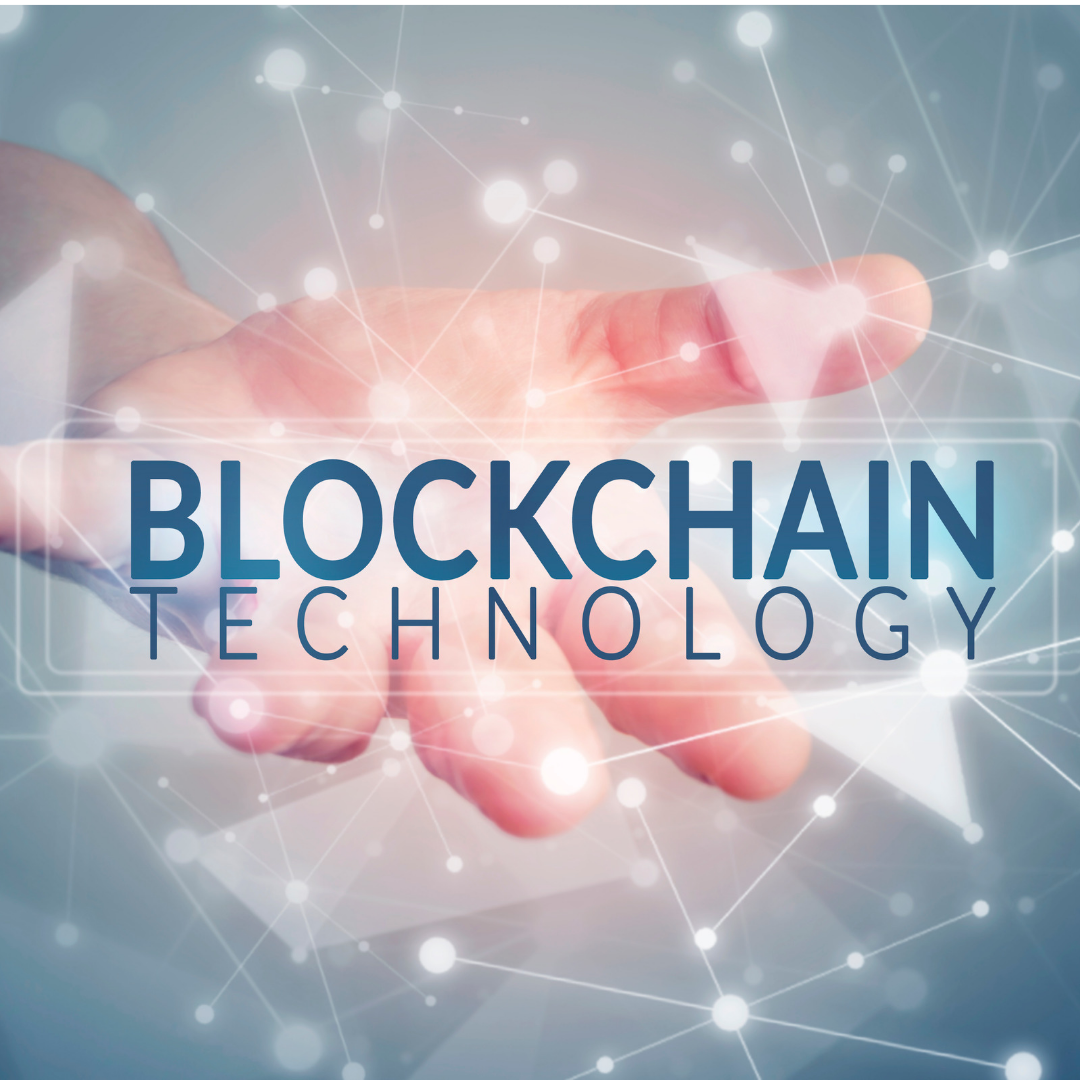Due to the rapid turnaround in blockchain technology, many businesses across the universe are hungry for more solutions.
The space is full of many project ideas but limited understanding and quality assurance solutions.
As a result, companies with decentralized ideas tend to look for experienced blockchain developers with full knowledge of blockchain fundamentals to help them create, manage and develop amazing blockchain applications that support the blockchain objectives.
Learning blockchain software development skills today is like buying Bitcoin at $20 yesterdy. It’s a wise investment you can make as an individual.
An average blockchain developer earns around $140k/year. And they are also placed in other opportunities aside from their respective salaries.
The blockchain ecosystem has great prospects, but there is a scarcity of quality resources on the web to guide developers, especially those just starting the development journey.
In this article, I outlined seven easy steps to get started as a blockchain developer. Let’s move.
Table of Contents
How to Become a Blockchain Developer
1. Learn the fundamentals of blockchain
To become an expert at a skill, fundamentals are the starting point. Indeed, a house can’t stand without foundation.
So, before diving into the devs’ realm, understand what blockchain is and how it can be applied to other niches.
You should understand the difference between centralized and decentralized storage and why the blockchain (a decentralized solution) also needs a centralized solution to survive.
Get familiar with Blockchain networks, smart contracts, decentralized storage, consensus mechanism, protocols, Ethereum, and Bitcoin.
Read also: Blockchain for Finance: A perfect solution for Nigeria’s Fintech.
2. Get familiar with Ethereum and DApps
The principle of decentralization is that the application runs on a P2P network, denoting no single failure point.
Ethereum is an open-source blockchain platform software that runs on a computer network to create and maintain intelligent contracts irrespective of the chosen programming language.
The Ethereum virtual machine (EVM) is in charge of all computations rendered on this network. So, learning Ethereum is a good idea, and the platform provides well-composed documentation for beginners and experts in the ecosystem.
DApps (decentralized applications) are software built on a blockchain network. It comprises the contract business logic that will be connected to the frontend.
Join our WhatsApp community to be a part of our insightful conversations.
3. Learn frontend and backend basics
To become a blockchain developer, a huge responsibility is involved, particularly for those starting from scratch.
Improving your frontend skill and having basic knowledge of how the web works is a nice weapon to have as an aspiring blockchain developer.
Frontend development has to do with the user interface, the visual side of your application (mobile or web) that your customers will relate with.
This user interface side will be connected to your blockchain decentralized backend, where all business logic lies.
The frontend part that should be focused on is HTML, CSS, and JAVASCRIPT. Afterwards, you can pick a web framework like ReactJS or angularJS to build static page applications (SPA).
The backend part consists of all the business logic the frontend relates to. This decentralized backend shouldn’t be mistaken for the regular standard backend.
The regular standard backend uses databases or object storage to secure their data information, unlike decentralized backend, which uses decentralized storage plus the help of smart contracts to execute programs.
Backend development packages include NodeJS, SQL, and REST API.
Read also: 5 Major differences between web 2 and web 3 every Nigerian developer should know.
4. Learn Solidity (the blockchain programming language for building simple, smart contracts)
Smart contracts are tools or software purposely created to execute agreements among unknown fellas automatically.
Picking a programming language to become a blockchain developer that suits your interest shouldn’t be your only objective.
You must blend with the blockchain rule for your journey to be fast and great.
Even though you can pick any programming language like Golang, C++, and the rest, to be a competitive blockchain geek, you should select the blockchain programming language, SOLIDITY.
As JavaScript is the web language and Golang is the web-backend language, Solidity is the Smart contract language.
After learning and becoming a blockchain developer, you need to extend your expertise to core development, like building on Solana. You need to also become good at Rust programming language.
Even so, knowing how to write smart contracts isn’t enough. To become a blockchain developer, you must be able to write contracts that power your DApps.
5. Learn to select the right software
These software include;
- Remix IDE (Integrated Development Environment)
Software developers know VScode as the most popular IDE for building projects.
Remix IDE is a web-based software environment developed explicitly for creating Ethereum smart contracts with Solidity.
With Remix, you tend to create, test, and also deploy your smart contracts by punching a single button in less time.
The Remix user interface, with its method inspection features, allows blockchain developers to test their Smart contract manually, and it’s entirely free.
- Alchemy
When you think of AWS (Amazon Web Services), think of Alchemy as the AWS of blockchain.
As AWS makes it easy for developers to deploy their applications in no time, likewise, Alchemy makes it easy for you to deploy your DApps with reliable and ready-made analytical tools to ease your deployment journey.
As you move through your development journey, NFT won’t be new to you. If you plan to deploy your NFT collections, Alchemy is a friendly platform.
The platform makes it easy with no single solidity code written.
- Learn hardhat and moralis
You can compare hardhat to alchemy, but hardhat provides more functionality when deploying DApps on multiple chains such as polygon and Ethereum main-net.
The versatile software also makes it easy to power up your local Ethereum node for testing your smart contracts without deploying them to a public blockchain network.
On the other hand, Moralis is compared to the web2 firebase. A platform that manages all related backend services and makes them accessible using SDKs.
Moralis also helps manage wallet authentication, allows users to configure on-chain alerts, and help fetch data from a blockchain network with just a few lines of code.
- Learn etherJS or web3JS
Communication is essential in software development. Softwares communicate with each other through the use of libraries.
Web3.js are a set of libraries that allow blockchain developers to connect their DApps with a local Ethereum node using WebSockets or HTTPS to communicate with your JavaScript frontend.
The same works for ether.js, but the difference is that the latter is more lightweight.
Read also: Blockchain Metaverse: Does the Metaverse need blockchain technology.
6. Learn how to test your DApps
Due to the irreversibility characteristics of the blockchain, it is better to carefully test your DApps before your contract is added to a network.
You should learn the four types of test, which includes: Node, Functional, Performance, and API testing, and you’re good to go.
-
Begin to build projects
You only become a blockchain developer by building projects.
You don’t grow by learning alone; you have to take action. And for you to be ready for the real-life challenge, you have to think of a project, and it doesn’t matter if it’s a kick-ass one. Just build something relevant.
Something relevant like an NFT marketplace, a decentralized finance app, or a blockchain-based game.
This will increase your experience and make you stand out in the job marketplace.
Mindset Needed to Become a Blockchain Developer
Information overload will surely cause procrastination. You have to take it slow, not too slow, not too fast, and make sure you are learning and doing.
Blockchain is new and complex, and to become a blockchain developer, you need to have a mindset of a problem solver. The more you solve problems, the more competitive you become in this or any other industry.
Conclusion
Believe you can do it. Start now, I am certain you won’t regret learning about blockchain software development.
Subscribe to our newsletter to stay updated on insights about blockchain development.
About Author
- Op-Ed are articles published by guest authors. We no longer accept guest posts. However, we are still open to adding long-term content contributors to our team of insightful writers. To write for us, please check out inisght.ng/guest-post.
Latest entries
 Business InsightsMarch 27, 2024Effective Strategies for Managing Cash Flow in a Nigerian Business
Business InsightsMarch 27, 2024Effective Strategies for Managing Cash Flow in a Nigerian Business

 Business InsightsFebruary 12, 2024Privacy Policy for Business Websites: All You Need to Know
Business InsightsFebruary 12, 2024Privacy Policy for Business Websites: All You Need to Know

